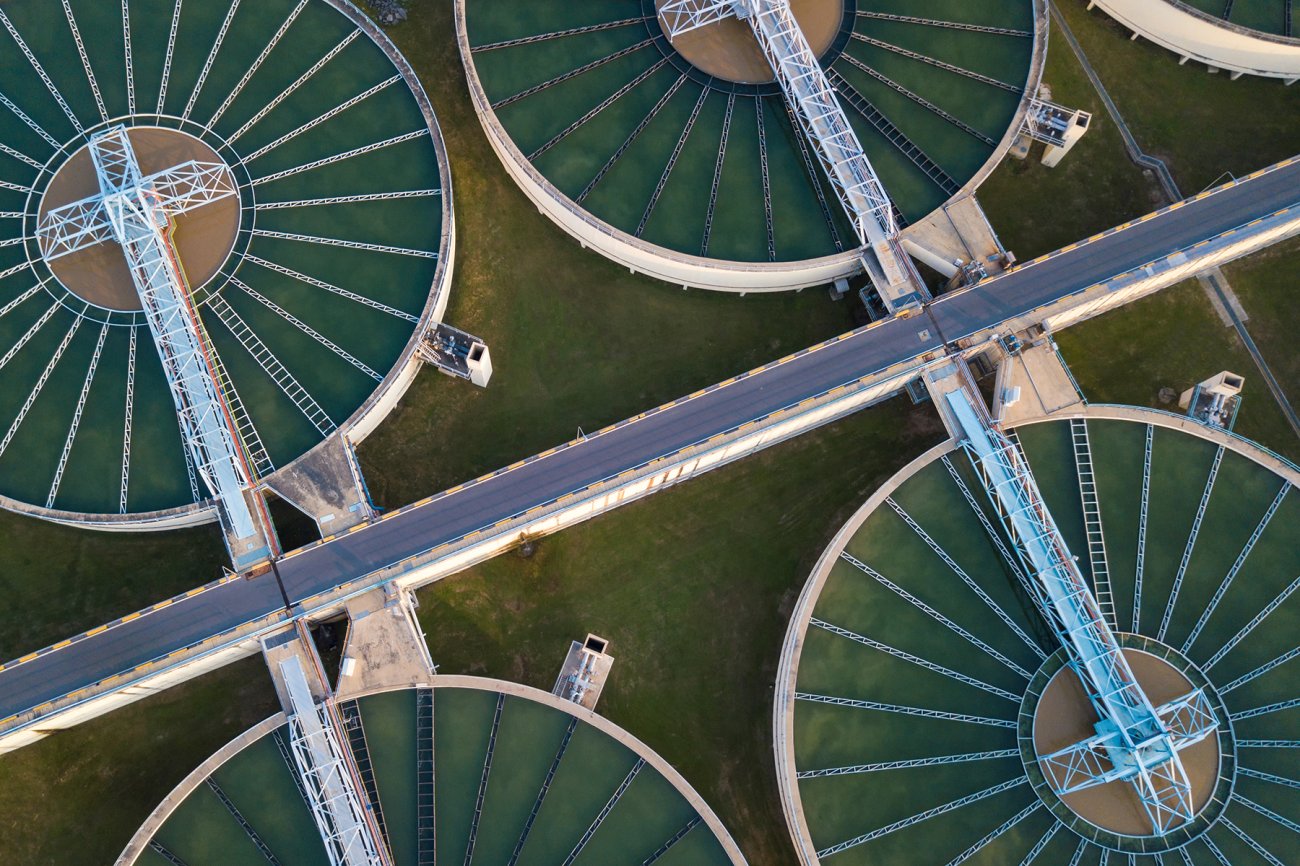What Does Reclaim Waste Do?
Table of ContentsReclaim Waste - TruthsThe 30-Second Trick For Reclaim WasteWhat Does Reclaim Waste Mean?The 3-Minute Rule for Reclaim WasteThe Greatest Guide To Reclaim Waste
Discover the types, incidents, and forms of liquid waste. Residential sewer waste refers to the waste and products from a domestic sewage-disposal tank. This kind of waste is created by people in residences, colleges, and other buildings. This only consists of septic systems that have a drainpipe field. The correct management and disposal of domestic sewer waste require fluid waste to be moved to a sewer treatment plant where the appropriate approaches and tools are put on cleanse and dispose of waste.
Commercial waste commonly includes possible dangers, such as flammable materials or a combination of liquid and solid waste products, and requires an advanced and comprehensive disposal procedure. The disposal of industrial waste commonly involves the filtering of waste prior to transport to ensure secure and appropriate disposal. Industrial waste is developed from by-products and drainage of commercial processes and manufacturing.
This type of waste can not use the very same sewer management transportation or procedures as septic or business liquids. The hazardous waste administration procedure needs the assessment and testing of fluid waste before it goes through the disposal procedure (liquid waste removal). Drainage waste is the liquid waste that originates from runoff and excess stormwater in highly populated locations or cities
Runoff waste can trigger contamination and flooding otherwise handled appropriately. Find out more regarding sewage system cleansing and waste administration. Guaranteeing proper waste management can avoid disasters and decrease ecological injury. Both people in household setups and specialists in business or production industries can gain from comprehending the processes and regulations of fluid waste management.
The Best Strategy To Use For Reclaim Waste
Contact PROS Providers today to discover our waste monitoring and disposal services and the appropriate methods to look after the fluid waste you create.
(https://www.kickstarter.com/profile/reclaimwaste1/about)Do you understand what takes place to your water when you disengage, flush the bathroom or drain pipes the cleaning maker? No? Well, it's worth knowing. This so-called 'wastewater' is not only a vital resource however, after therapy, will be released to our land, waterways or the sea. Made use of water from commodes, showers, baths, kitchen sinks, laundries and industrial procedures is recognized as wastewater.

water made use of to cool equipment or clean plant and tools). Stormwater, a kind of wastewater, is drainage that flows from farming and metropolitan locations such as roofing systems, parks, yards, roads, courses and gutters into stormwater drains pipes, after rain. Stormwater moves unattended directly to local creeks or rivers, ultimately reaching the sea.
The Reclaim Waste Ideas
In Queensland, many wastewater is dealt with at sewage treatment plants. Wastewater is transferred from residential or commercial sites with a system of drains and pump terminals, recognized as sewerage reticulation, to a sewage therapy plant. Local governments develop, preserve and operate most sewer treatment plants. Operators are accredited under the Environmental Defense Act 1994 to discharge cured wastewater at an acceptable ecological standard right into waterways.
The Division of Natural Resources encourages city governments regarding handling, operating and maintaining sewerage systems and treatment plants. In unsewered locations, city governments might need householders to mount individual or home sewer treatment systems to treat residential wastewater from commodes, cooking areas, bathrooms and laundries. The Division of Natural Resources authorises the usage of home systems when they are shown to be reliable.
In some brand-new class, therapy of some stormwater to eliminate litter, sand and crushed rock has actually begun utilizing gross toxin traps. Wastewater therapy happens in four stages: Removes strong matter.
Wastewater then moves right into big storage tanks where solids resolve and are removed as sludge. Grease and scum are skimmed from the surface. Utilizes small living microorganisms called micro-organisms to damage down and eliminate remaining dissolved wastes and fine fragments. Micro-organisms and wastes are included in the sludge. Eliminates nitrogen and phosphorus nutrients that might cause algal blossoms in our rivers and threaten water life.
The 6-Second Trick For Reclaim Waste
Nutrient removal is not readily available at all sewage therapy plants due to the fact that it calls for expensive specialist tools. It is becoming more usual in Queensland. Clear fluid effluent produced after therapy might still include disease-causing micro-organisms. If this effluent is launched into rivers such as rivers or the sea, the micro-organisms will eventually pass away out.

Most wastewater streams into the sewage system. Under the Act, local federal governments administer approvals and licences for environmentally relevant tasks (ERAs) entailing wastewater launches that may have a neighborhood impact.
The Greatest Guide To Reclaim Waste
Tracking supplies accurate info about water quality and can verify that licence conditions are being fulfilled. The details gotten via tracking supplies the basis for making water quality choices.